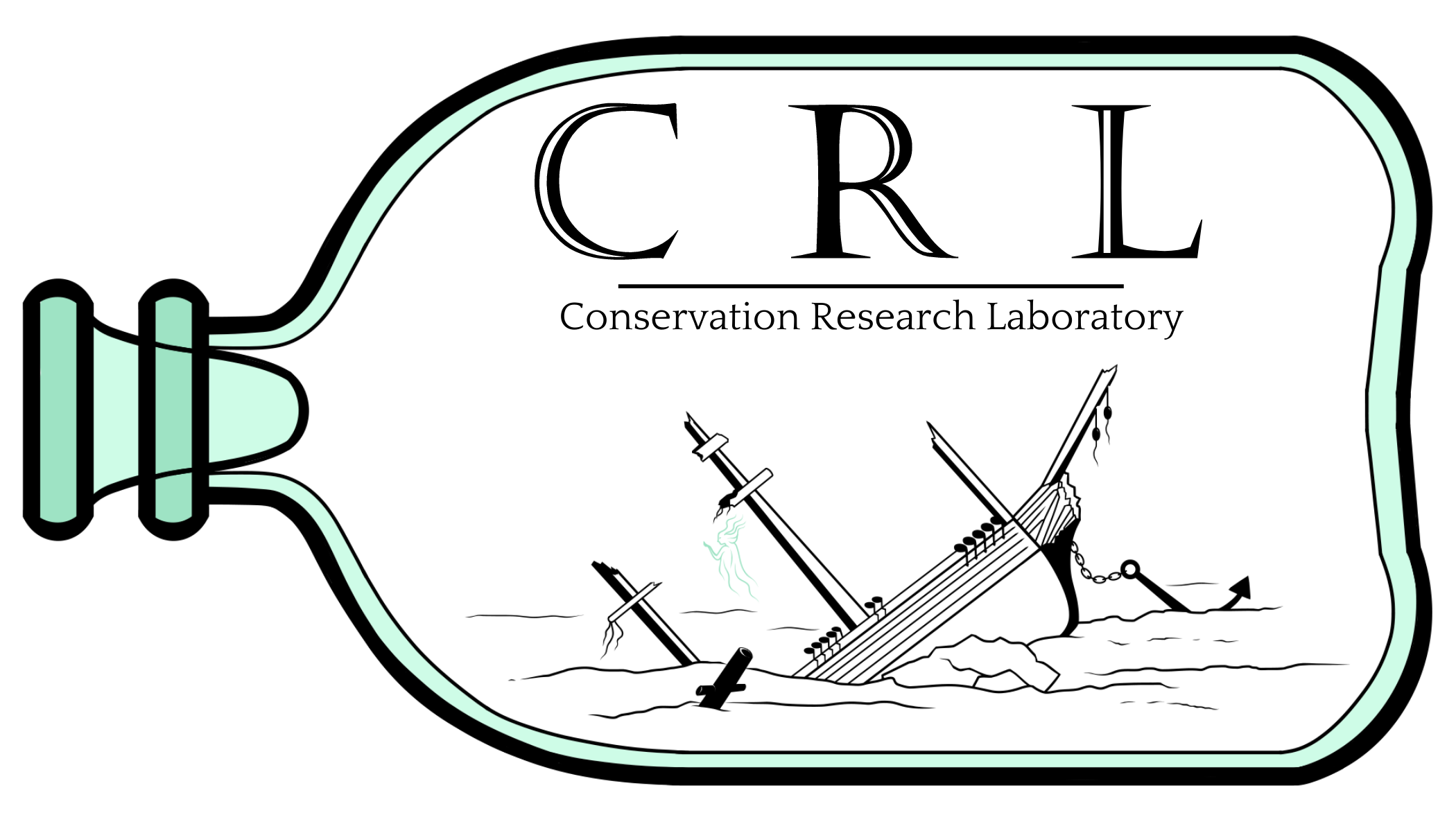CRL Project Reports
Mardi Gras Project

In May 2007, the Center for Maritime Archaeology and Conservation, in cooperation with the Oceanography Department at Texas A&M University and the Mineral Management Service, conducted a partial excavation on a deep water shipwreck 4016 feet deep in the Gulf of Mexico.
Port Royal Project
From 1981 through 1990, Dr. Donny Hamilton excavated the 17th-century sunken city of Port Royal, Jamaica. The following project reports present some of the conservation procedures used on many of the recovered artifacts. The reports also illustrate the problems encountered when conserving waterlogged material. For an example, see the report on a turned wooden bowl.
La Belle (1686CE) Shipwreck Project
When the Texas Historical Commission arranged for CRL to conserve all of the excavated material from La Salle's 17th-century ship, the Belle - including the ship herself - we knew it would be a great challenge. Few, if any, shipwrecks excavated in the United States have contained the quantity and variety of material found on the Belle. New conservation procedures have been developed for this project, and a new conservation vat was built especially for treating the ship's hull. This vat is the largest wood conservation facility in the United States.
The following research reports illustrate some of the problems we have encountered while conserving the Belle and her hold. More will be added as work progresses.
New conservation methods: silicone oil and organic conservation
Composite wood/iron artifacts: pole arms and partisans
Conservation of the La Belle skeleton
Conservation of a wooden chest
[A big thanks to all our sponsors.]
Other Projects
In addition to the projects of the Institute of Nautical Archaeology and the Nautical Archaeology Program, CRL conserves artifacts from projects sponsored by other organizations. The first report presents the conservation of a 3-lb. Union field cannon captured by Confederate forces at the Battle of Mansfield, Louisiana, and brought to Texas. It was buried near Fairfield, Texas, just after the Civil War by the Confederate forces to keep from handing it over to the Union. When Grover Cleveland was elected president in 1885, the cannon was dug up and fired at inaugural celebrations held in Texas. The gun has played a prominent role in 4th of July celebrations for decades in Fairfield Court and was even fired until recently. The cannon was in need of some conservation to stabilize it after decades of being displayed on the courthouse lawn in Fairfield.
Another interesting report documents the conservation of select artifacts recovered from an 18th-century British sloop that was found in waters off the Florida coast. The excavation of the ship and the conservation of the artifacts are being undertaken at CRL by Southern Oceans Archaeological Research, Inc., an organization based in St. Augustine Florida.
A redwood irrigation pipe section was found on a golf course near San Francisco, California. More on that later.
Excavation and conservation of artifacts from the proposed Industry (1794)
Contract Services
The CRL works with a variety of academic institutions, museums, historical societies, government offices, and private individuals. Our goal is to create viable conservation strategies of the highest standard that can be accomplished at minimal cost. For more information, visit our services page.
About Us
Read about the faculty and conservators who run the Conservation Research Labratory. We are also aided by several individuals who volunteer their time to help conserve artifacts. If you are interested in joining the volunteers at the CRL, please contact our lab manager.
Support
Monetary donations and volunteer workers are vital to the ongoing success of the Conservation Research Laboratory. If you would like to volunteer your time and expertise, please contact us here. If you would like to become one of our donors, please click the link below and direct your gift to: Center for Maritime Archaeology and Conservation.
